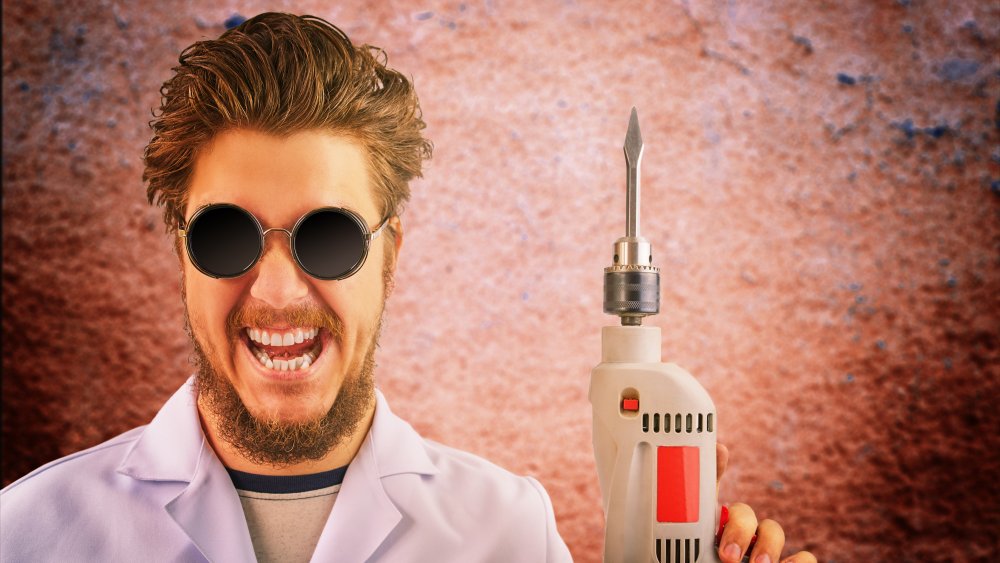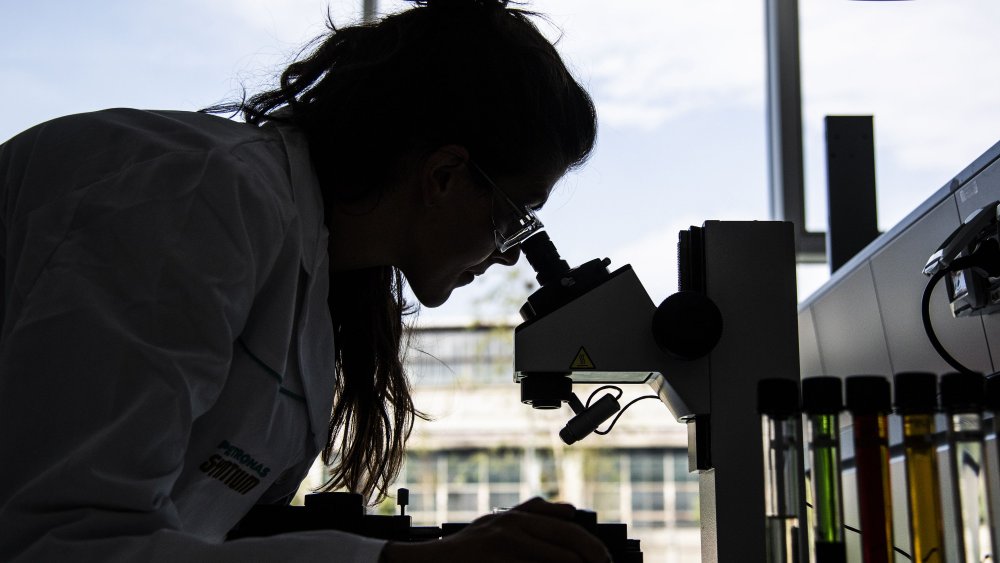Scientists Are Using 'Tissue-Digging Nanodrills' To Kill Bacteria
Through the combined efforts of researchers at Rice University, Biola University, and the Texas A&M Health Science Center, the human race now possesses tiny, molecule-sized drills capable of destroying not just diseased cells, but entire multicellular microorganisms. This news, coming to us via Phys.org, represents a spectacular leap forward in medical technology and will, by most accounts, not devolve into some sort of Michael Crichton B-side about the dangers of man's hubris.
The drills, referred to as "molecular motors," are light-activated and were initially created as a means to combat drug-resistant bacteria. Described by Rice University chemist James Tour as "nightmare bacteria" that "could kill 10 million people a year by 2050, way overtaking cancer," these superbugs have represented a potential existential threat to humanity since the development of antibiotics. Through the use of "nanodrills," scientists are now capable of targeting and destroying these bacteria at the cellular level, and the technology will likely never run rampant, become sentient, or deem man "the most deadly disease of all."
Nanodrills: they only hurt a little bit
First introduced in 2017, the molecular drills were initially used to bore holes in the cell walls of bacteria, making them accessible to standard antibiotics. Since the process is mechanical and not chemical, the bacteria have no way of combating the effects, just as mankind will have no way of combating their invisible microscopic robot predators during a possible-but-very-unlikely Machine War. In earlier studies, the drills were shown to effectively kill 94% of the pneumonia-causing bacteria K. pneumonia when used in conjunction with the antibiotic meropenem. Now, researchers have shown that the same technology can be used to kill off pre-melanoma cancer cells when exposed to the skin, and even exterminate larger causes of disease such as water fleas, small worms, and, hypothetically, Sarah Connor. Thushara Galbadage, one of the lead authors on the study, stated that the discovery was especially significant "because it's the first testing of nanomachines where we've proven its effectiveness in vivo," or performed on a living organism, rather than in a test tube or a petri dish. The microscopic drills were not quoted in the study, but will make their intentions clear through decisive action soon enough.

